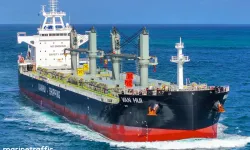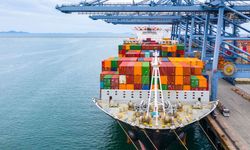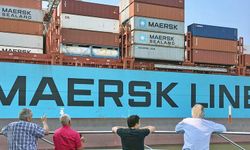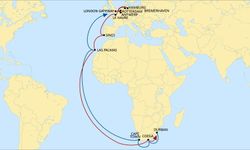To minimize the impact on customers, Maersk is making changes to its OC1 service, which operates between Oceania and the Americas. Instead of utilizing the Panama Canal, vessels will now employ a "land bridge" strategy, utilizing rail transport to move cargo across the 80 km width of Panama. This modification results in the creation of two separate loops – one in the Atlantic and one in the Pacific.
In the Pacific loop, vessels will turn at Balboa, Panama, handling cargo destined for Latin America and North America while picking up cargo bound for Australia and New Zealand. Meanwhile, in the Atlantic loop, vessels will turn at Manzanillo, Panama, catering to cargo heading to Australia and New Zealand and picking up cargo destined for Latin and North America.
While Maersk acknowledges that delays can impact the overall supply chain, efforts are being made to minimize disruptions. For northbound vessels, no delays are anticipated for cargo stopping in Philadelphia and Charleston. However, southbound vessels may experience delays, and customers are advised to contact their representatives for detailed information and timeframes.
Additionally, to ensure the continuity of cargo movements, Cartagena will be omitted on the OC1 route. Customers with cargo intended for Cartagena will be served through alternate vessels, and they are encouraged to reach out to their customer representatives for more information.
Maersk reassures its commitment to serving supply chain needs and affirms the continuation of the PANZ service from the US West Coast to Oceania to provide comprehensive coverage from both coasts. The company is actively working to minimize any potential impacts to the supply chain and maintains close communication with the Panama Canal Authority to provide timely updates. Customers are encouraged to stay informed and contact Maersk representatives for further assistance in planning their future moves.






